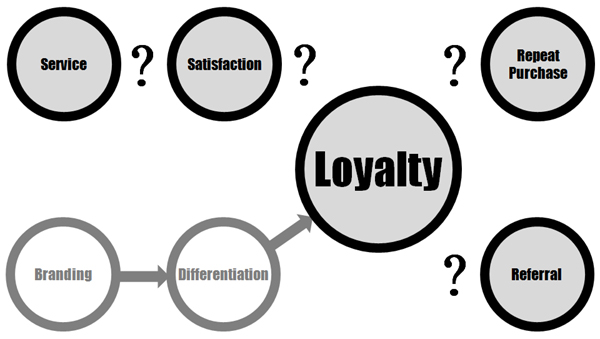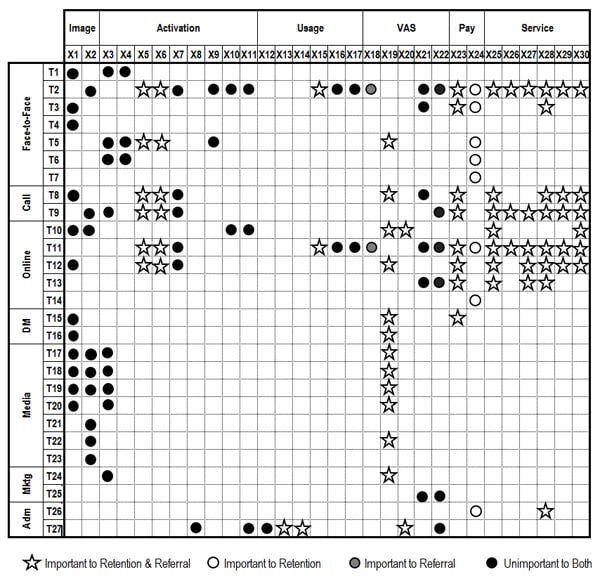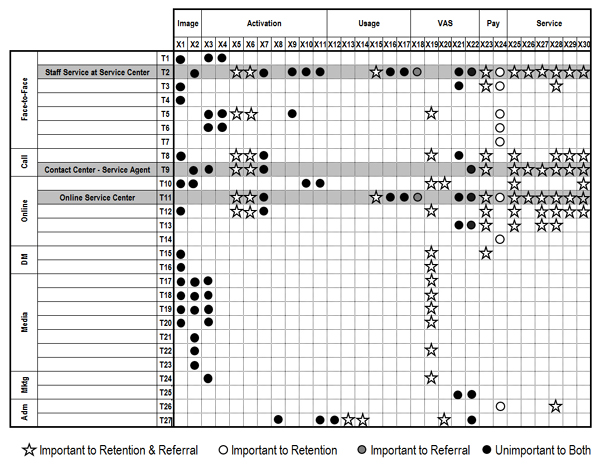
I travel around the world to deliver our global CEM certification program, attendees from over 60 countries on six continents have one thing in common: they have no difficulty sharing their own telecom nightmares, no matter where they live!
The nightmares include the difficulty in getting through to the hotline, the annoying IVR (Interactive Voice Response), the inability to find a real person to talk to, the inability to solve problems, multiple transfers to different people, long administrative process to terminate service contract, unreasonable charges for data usage or roaming expenses. The list goes on and on.
Obviously, most telecom nightmares are related to customer service, but I don’t think the customer service department is to blame. I worked in the telecom industry for years. Based on my observations, unlike the marketing and sales departments, customer service usually gets inadequate funding. One reason is that it is difficult to quantify the impact of their work in driving customer loyalty. There has always been a disconnect between customer service and business results.
We can turn around this situation with the TCE (Total Customer Experience) Model.
Figure 2 is a simplified version of the TCE Model for China Mobile. China Mobile is the largest mobile network operator in Mainland China and in the world with over 700 million subscribers.1 These data are derived from the Mobile Network Operators Customer Experience Research with 2,275 valid responses.2

The horizontal axis represents experiences (from X1 to X30) that customers encounter and their corresponding life stage (Image, Activation, Usage, Valued-added Service, Payment and Service). The vertical axis represents the corresponding touch-points (from T1 to T27) covered by various channels (i.e. Face-to-Face, Call, Online, Direct Marketing, Media, Marketing and Administration). White stars denote the touch-point experiences that are important in driving both retention and referrals, white dots important to retention, grey dots important to referrals, and black dots unimportant to both.3
By mapping the matrix and dynamics of the TCE Model for China Mobile, we can show all the touch-point experiences in which customers interact with China Mobile and derive the importance of each of them in driving customer loyalty – retention and referral. We can then quantify the impact of each touch-point experience in driving target business results. We can see clearly where to focus and invest.
For example, in figure 3, let’s look at where China Mobile has the most important touch-point experiences – white stars – in a row, from X25 to X30 during the ‘Service’ life stage. They are delivered by a face-to-face touch-point – T2, Staff Service at Service Center; by a call touch-point – T9, Contact Center – Service Agent, and by an online touch-point – T11, Online Service Center. These are the touch-points delivered by customer service. Here, customer service had the strongest impact in driving customer loyalty.

Our telecom nightmare could be mitigated or even eliminated, if telecom companies allocated resources based on the objective approach rendered by the TCE Model. It links the customer experience in every department to the impact on business results with a comprehensive and quantifiable approach. With the TCE Model, not only telecom companies, but all types of companies, can quantify how each department or function can influence customer loyalty. They can drive direct results – retention and referrals – with the support of empirical data generated from customers. Every department can get their ‘fair share’ of resources aligned to the impact of their work.
NOTES
1. Operation Data, China Mobile, retrieved 21 August 2014, from http://www.chinamobileltd.com/en/ir/operation.php?section=number.
2. Global Mobile Communications Customer Experience Research, Global CEM and CustomerThink (U.S.), March-May 2009.
3. The importance rankings were generated using the derived importance approach with regression analysis.



